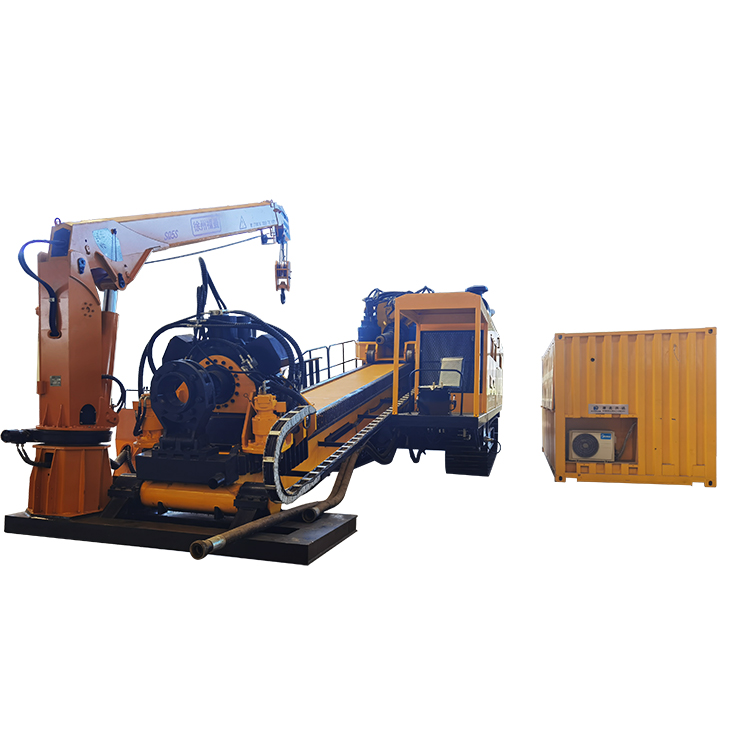

Preliminary design evaluated various trenchless methods to install the various utilities, including microtunneling and horizontal direction drilling. Ground conditions included 40 to 50 feet of very soft Young Bay Mud underlain by denser Old Bay Mud and claystone bedrock. The utilities to be installed were a 22-inch sewer force main, a 12-inch reclaimed water main, two 18-inch water mains, and four 4-inch conduits for fiber optic cables. The City of Vallejo and the Vallejo Flood and Wastewater District collaborated on a project to install various utilities to from Vallejo to Mare Island under the Mare Island Strait.

The cutting head is then removed and a back-reamer attached. Drilling mud is used to cool the cutter and transmitter electronics, to flush excavated soil from the borehole and to lubricate the borehole. Using directional drilling techniques to guide a drill string along a bore path under obstacles such as rivers, lakes, railway crossings or highways, enables replacement of existing water lines, or installation of new ones, at a relatively rapid rate.Īs the hole is bored, a steel drill string is extended behind a cutting head. Horizontal directional drilling is often used where open cut installations are not feasible, such as road and river crossings.

It's flexibility, strength and fused joints as strong as the original pipe itself, make it ideal for HDD applications. Polyethylene pipe is the pipe of choice for trenchless installations using directional drilling.

Trenchless technologies, such as horizontal directional drilling, pipe bursting and slip lining allow the entire water supply and drainage system of a city to be replaced without causing a major traffic jam and incurring the enormous cost of restoring streets and roads. Horizontal Directional Drilling Horizontal directional drilling (HDD) is a trenchless construction method used to install pipelines of various sizes and materials below the ground surface.


 0 kommentar(er)
0 kommentar(er)
